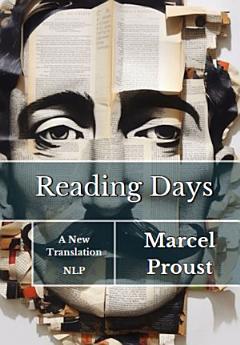Reading Days
Acerca de este libro electrónico
The essay develops key Proustian themes concerning the nature of time, memory, and the relationship between solitude, the self, and the external world. Proust elevates reading as an activity uniquely suited to fostering a state of profound mental receptivity and solitude, contrasting it sharply with the superficial distractions of social life. He famously describes the ideal reading environment – particularly the quiet atmosphere of childhood holidays – as a space where the mind, freed from immediate concerns, can achieve a heightened state of awareness and reflection. While not yet employing the fully developed concept of involuntary memory, Journées de lecture lays crucial groundwork for Proust's later ideas about the creative process, emphasizing the transformative power of introspection and the subjective resonance triggered by external stimuli, positioning reading as a privileged gateway to the deeper self.
This critical reader’s edition presents a modern translation of the original manuscript, crafted for the contemporary reader with lucid language and streamlined sentences that illuminate Proust’s intricate French syntax and period‑specific allusions. Supplementary material enriches the text with autobiographical, historical, and linguistic context, including an afterword by the translator on Proust’s personal history, cultural impact, and intellectual legacy, an index of the philosophical concepts he weaves—highlighting his explorations of memory, time, and the influence of Henri Bergson—a comprehensive chronological list of his published writings, and a detailed timeline of his life, emphasizing the friendships and social circles that shaped his artistic vision.








